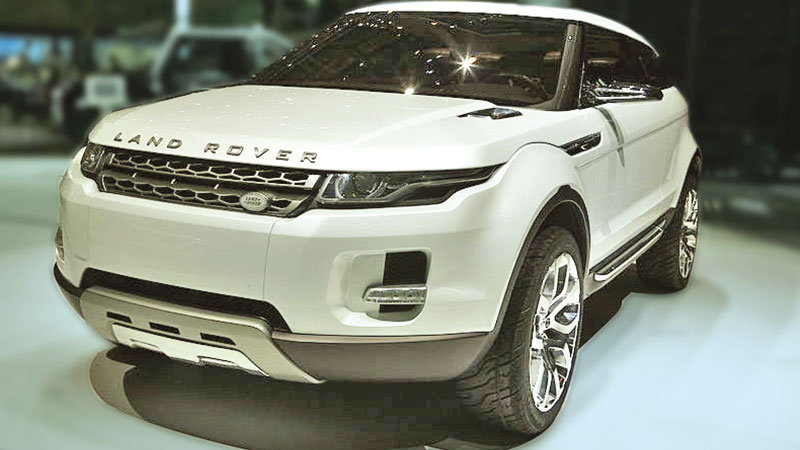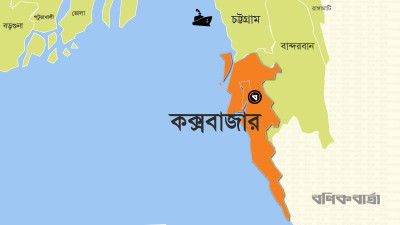 Photo: File/Symbolic
Photo: File/Symbolic Just
two weeks ago, Dhaka’s streets and highways were filled with luxury cars such
as Mercedes-Benz, BMW, Range Rover, Audi, Prado, Harrier, and Toyota Corolla
Cross. These vehicles weren’t limited to the capital; they could be seen
frequently in divisional, district, and upazila areas as well. However, since
the fall of the Awami League government on August 5, this landscape has changed
drastically. According to various sources, many of those who used to drive
these cars have gone into hiding following the regime change, leading to a
noticeable decrease in luxury cars on the road.
Automobile
dealers and other related sources have revealed that a significant portion of
luxury car buyers in Bangladesh were high-ranking officials and activists of
the now-deposed Awami League government, along with current and former
bureaucrats, businessmen who benefited from government patronage, and others.
Since the government’s fall, many of these individuals have gone into hiding,
with some even being arrested. Consequently, their luxury cars have largely
disappeared from the streets.
Despite
their current absence on the roads, recent years have seen a rise in the number
of high-end luxury cars such as Mercedes-Benz, BMW, Range Rover, and Audi in
Bangladesh. Rolls-Royce, Bentley, Porsche, and Maserati have also made their
way into the country. According to data from the National Board of Revenue
(NBR), over two-thousand luxury cars were imported in the last six years.
Traders also noted that the market for Japanese-made vehicles like Prado,
Harrier, and Toyota Corolla Cross had been thriving like never before.
Additionally, the demand for all types of SUVs has surged in the country. Data
from the Bangladesh Road Transport Authority (BRTA) also indicates that in the
past five years, the registration rate for SUVs has increased.
However,
in the last two weeks, a significant portion of these vehicles has vanished
from the roads. Experts and transport sector insiders believe that the recent
incidents of vandalism and arson in the country, both before and after the fall
of Sheikh Hasina’s government, have made people hesitant to drive their cars.
Moreover, many of those who own luxury cars had benefited greatly from the previous
government’s patronage. Many of them often engaged in various financial or
political crimes. They also received significant assistance in importing these
cars. Many of them, including political leaders from the ruling party, are now
fearful of facing justice under the current circumstances and have gone into
hiding as a result.
Dr.
Iftekharuzzaman, Executive Director of Transparency International Bangladesh
(TIB), believes that this has been a major factor in the reduction of luxury
cars on the streets. In an interview with Bonik Barta, he said, “Many of those
who were ministers or MPs in the previous government have now gone underground,
leading to fewer luxury cars on the roads. This could be one of the reasons.
Those who used these vehicles were closely linked with power; whether they were
politicians or businessmen, they have now gone into hiding. Another possible
reason could be the discrepancy between their legitimate income and the
ownership of these luxury cars. This could be making them hesitant to drive
their cars openly. All these factors might be contributing to the decline in
luxury cars on the roads. However, more specific data is needed on this
matter.”
According
to NBR data, the majority of luxury cars in the country are brands like
Mercedes-Benz, BMW, Range Rover, and Audi. In the first 11 months of the
2023-24 fiscal year, 248 cars from these four brands were imported, including
51 cars each worth over BDT 40 million, including taxes and duties.
In
addition to luxury cars, the number of SUVs in the country has also increased
over the past 15 years. According to BRTA data, the number of registered SUVs
in the country since independence is 95,150. Of these, 67 thousand have been
registered since 2010.
Despite
various regulatory measures over the past two to three years, a significant
number of cars have been imported into Bangladesh, according to Mohammad
Shahidul Islam, General Secretary of the Bangladesh Reconditioned Vehicles
Importers and Dealers Association (BARVIDA) and proprietor of HNS Automobiles.
Speaking to Bonik Barta, he said, “The LC margin for car imports is 100
percent. Compared to neighboring countries, Bangladesh has a much higher duty
rate on car imports. Despite these challenges, car imports have increased in
Bangladesh over the past few years.”
However,
despite this rise in imports, the car market in the country has experienced a
slowdown since last year. This trend has continued into the current year. The
SUV market, however, was showing signs of recovery. 7,765 SUVs were registered in
2023. However, in the first six months of this year, 4,406 SUVs were
registered. Before this, 10,024 SUVs were registered in 2022, 7,602 in 2021,
4,911 in 2020, and 5,627 in 2019. Despite this, a large portion of these cars
is currently absent from the roads.
The
government is one of the largest buyers of SUVs in Bangladesh. However, due to
the economic crisis caused by the COVID-19 pandemic in 2020 and the
Russia-Ukraine war in 2022, regulatory measures were taken to control
government car purchases. In recent times, the trend of buying such vehicles
was more prevalent among private buyers than government institutions, according
to traders.
When
asked about this, automobile dealer and BARVIDA President Habib Ullah Dawn told
Bonik Barta, “In Bangladesh, many people opt to buy an SUV by spending an
additional BDT 400,000-500,000 instead of a Toyota Premio that costs BDT 4
million to 4.5 million. Many people travel long distances. SUVs are considered
much safer for such long journeys. That’s why many have opted to buy SUVs.”
In
recent years, many in Bangladesh have been seen purchasing luxury cars to take
advantage of powerful engines and advanced technology. Traders have noted that
last year in particular saw an increase in the number of new buyers for such
vehicles. On the other hand, those who previously used relatively cheaper cars
like station wagons or Toyota Axios were also showing a growing interest in
slightly more expensive vehicles. The number of car buyers and the demand for
vehicles were also on the rise. However, high inflation and rising fuel prices
have curbed this trend. Despite these challenges, luxury cars were still a
common sight on the roads. However, since the mass uprising on August 5, many
luxury car users have all but stopped driving their vehicles in broad daylight.
Excluding
the year of the COVID-19 pandemic in 2020, the car market in the country has
grown steadily over the past decade. In 2022, a ban was imposed on the purchase
of cars by government, semi-government, autonomous, state-owned, and financial
institutions. Despite this, a record 578,000 cars were sold and registered that
year. However, by 2023, car registrations had dropped to their lowest level in
eight years. In 2023, the BRTA registered 360,861 cars nationwide, a decrease
of nearly 38 percent compared to the previous year.






